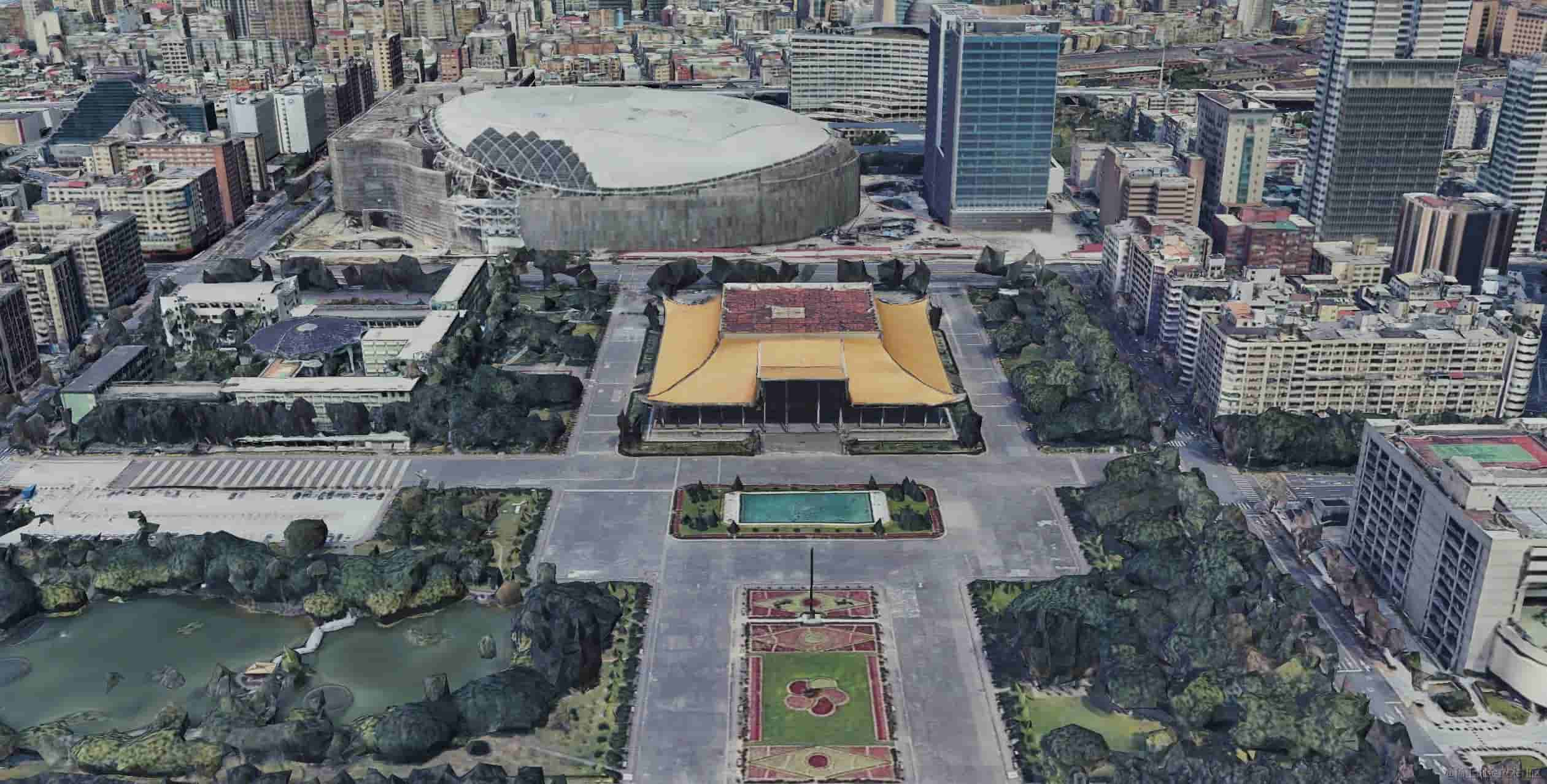Image Compression: The Key to Reduced File Size and Enhanced Performance
2023-11-29 21:59:53
In today's digital landscape, images have become an integral part of our online experiences. From product pages to social media posts, images enhance our visual appeal and help us communicate messages effectively. However, large image files can significantly impact website performance and user experience. This is where image compression comes in, offering a clever solution to this problem.
Image compression involves reducing the file size of an image without compromising its visual quality. By using various techniques, such as lossless and lossy compression, image compression algorithms can strip away unnecessary data from the image, resulting in a smaller file size. This, in turn, leads to faster loading times for your website, improved user experience, and potentially better search engine rankings.
There are numerous benefits to utilizing image compression. For starters, it can significantly reduce your website's bandwidth usage, which can translate into cost savings, especially if you have a high-traffic website. Additionally, faster loading times can improve user satisfaction, reduce bounce rates, and increase conversions. Moreover, search engines like Google favor websites that load quickly, giving you an edge in search results.
When it comes to choosing the right image compression technique, there are two main options: lossless and lossy compression. Lossless compression reduces file size without sacrificing any visual quality, making it ideal for images that require precision, such as medical images or technical diagrams. However, lossless compression often results in larger file sizes compared to lossy compression.
Lossy compression, on the other hand, introduces some level of visual distortion to achieve a smaller file size. This distortion is usually imperceptible to the human eye, especially at lower compression levels. Lossy compression is commonly used for photographs and other images where a slight loss of quality is acceptable in exchange for a significant reduction in file size.
To implement image compression on your website, you can use various tools and techniques. Online image compression tools like TinyPNG or Compressor.io allow you to compress images with ease, while plugins and scripts can be integrated into your website's content management system to automate the process.
In addition to using image compression techniques, there are other best practices you can follow to optimize your website's images. These include using the appropriate image format (PNG for lossless images, JPEG for lossy images, and SVG for vector graphics), resizing images to the appropriate dimensions, and using a content delivery network (CDN) to deliver images faster.
By implementing image compression and following these best practices, you can effectively reduce the file size of your website's images, leading to faster loading times, improved user experience, and better search engine rankings. Remember, every kilobyte saved can make a difference in the overall performance of your website, enhancing the experience for your visitors and contributing to your website's success.


